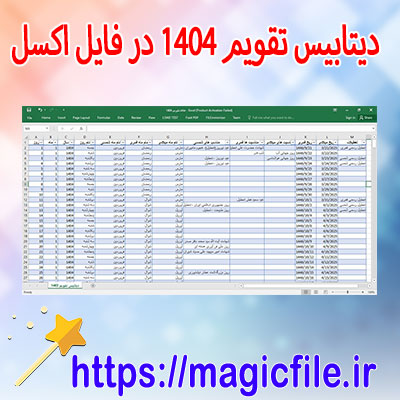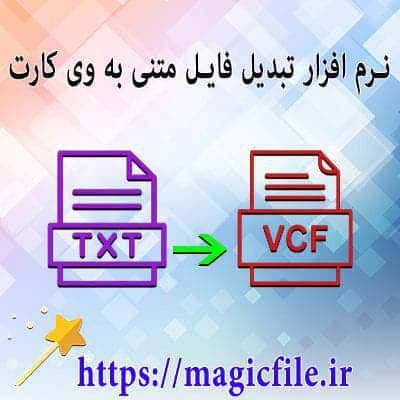مدیریت سیستمهای اطلاعاتی (Management Information System)
مدیریت سیستمهای اطلاعاتی یا MIS، ابزاری کلیدی در دنیای مدرن است که به سازمانها کمک میکند تا دادهها را جمعآوری، پردازش و تحلیل کنند. این سیستمها به تصمیمگیریهای بهتر و سریعتر کمک میکنند و به سازمانها اجازه میدهند تا عملکرد خود را بهینه کنند.
یکی از ویژگیهای برجسته MIS، اتوماسیون فرآیندها است. به عبارت دیگر، این سیستمها قادرند تا وظایف تکراری را خودکار کنند. این به کارکنان این امکان را میدهد که بر روی وظایف مهمتری تمرکز کنند.
علاوه بر این، MIS اطلاعات را به صورت دقیق و بهموقع ارائه میدهد. تصمیمگیرندگان میتوانند از گزارشها و داشبوردهای تحلیلی بهرهبرداری کنند تا تصویر واضحتری از وضعیت سازمان داشته باشند. این گزارشها میتوانند شامل تجزیه و تحلیل فروش، عملکرد مالی، و ارزیابی رضایت مشتری باشند.
از سوی دیگر، MIS به سازمانها کمک میکند تا با تغییرات بازار سازگار شوند. با تجزیه و تحلیل دادهها، سازمانها میتوانند روندها را شناسایی کنند و استراتژیهای خود را بر اساس اطلاعات واقعی تنظیم کنند.
در نهایت، پیادهسازی موفق MIS نیاز به درک عمیق از نیازهای سازمان و همچنین آموزش مداوم کارکنان دارد. تنها در این صورت است که میتوان از تمام قابلیتهای این سیستم بهرهبرداری کرد و به اهداف استراتژیک دست یافت.
به طور خلاصه، MIS یک ابزار ضروری برای بهبود کارایی و اثربخشی سازمانها است. این سیستمها به آنها کمک میکنند تا در دنیای پرشتاب امروز رقابتی باقی بمانند و به رشد و پیشرفت ادامه دهند.
MANAGEMENT INFORMATION SYSTEM (MIS): A COMPREHENSIVE OVERVIEW
Management Information System (MIS) is an essential component of modern organizations, acting as the backbone that supports decision-making, planning, and control processes. It integrates people, processes, and technology to provide managers with accurate, timely, and relevant information. Essentially, MIS transforms raw data into meaningful insights, facilitating effective management and strategic growth.
THE EVOLUTION AND IMPORTANCE OF MIS
Historically, MIS emerged to address the growing complexity of organizational data. As businesses expanded, manual data handling became inefficient, leading to errors and delays. Consequently, MIS evolved to automate data collection, processing, and reporting. Today, it plays a pivotal role in achieving competitive advantage, improving operational efficiency, and supporting innovation.
CORE COMPONENTS OF MIS
MIS comprises several components working in harmony:
- Hardware: The physical devices like servers, computers, and networking equipment that process data.
- Software: Programs and applications that analyze, store, and visualize information.
- Data: Raw facts collected from various sources, including transactions, sensors, or external databases.
- People: Users who operate the system, from data entry clerks to top executives.
- Processes: Procedures and rules guiding data collection, analysis, and reporting.
These elements intertwine to create a seamless flow of information throughout the organization.
FUNCTIONS AND FEATURES OF MIS
MIS performs multiple functions, such as:
- Data Collection: Gathering data from internal and external sources.
- Data Processing: Converting raw data into useful formats.
- Information Storage: Maintaining data for long-term use.
- Information Retrieval: Providing quick access to relevant data.
- Reporting and Visualization: Generating reports, dashboards, and summaries for decision-makers.
In addition, MIS exhibits features like flexibility, scalability, user-friendliness, and security, ensuring it adapts to changing business needs and protects sensitive information.
TYPES OF MANAGEMENT INFORMATION SYSTEMS
Different types of MIS cater to various organizational levels:
- Transaction Processing Systems (TPS): Handle day-to-day transactions like sales or payroll.
- Management Reporting Systems (MRS): Generate periodic reports for middle management.
- Decision Support Systems (DSS): Assist in non-routine decisions by analyzing data and simulating scenarios.
- Executive Information Systems (EIS): Offer top executives quick, summarized views of organizational performance.
Each serves a specific purpose, but together, they create an integrated information environment.
IMPACT AND BENEFITS OF MIS
Implementing an effective MIS can lead to numerous advantages:
- Enhanced Decision-Making: Managers access accurate data rapidly, making informed choices.
- Operational Efficiency: Automates routine tasks, reducing errors and saving time.
- Strategic Planning: Provides insights into market trends, customer preferences, and internal performance.
- Competitive Advantage: Facilitates innovation and quick response to market changes.
- Better Coordination: Promotes communication across departments, fostering collaboration.
Ultimately, MIS contributes to organizational agility and resilience.
CHALLENGES IN IMPLEMENTING MIS
Despite its benefits, deploying an MIS isn't without hurdles. Common challenges include:
- High Costs: Initial setup and maintenance expenses can be substantial.
- Data Security: Protecting sensitive information from breaches is critical.
- User Resistance: Employees may resist adopting new systems.
- Integration Issues: Ensuring compatibility with existing infrastructure can be complex.
- Data Quality: Accurate and consistent data is vital for reliable outputs.
Overcoming these obstacles requires careful planning, training, and ongoing support.
CONCLUSION
In summary, Management Information System stands as a vital tool in the modern business landscape. It not only streamlines operations but also empowers managers with actionable insights. As organizations face increasing data volumes and competitive pressures, MIS continues to evolve—integrating new technologies like AI and cloud computing—to meet future challenges. Its successful implementation hinges on strategic alignment, user engagement, and robust security measures, ultimately driving organizational success in a dynamic environment.





